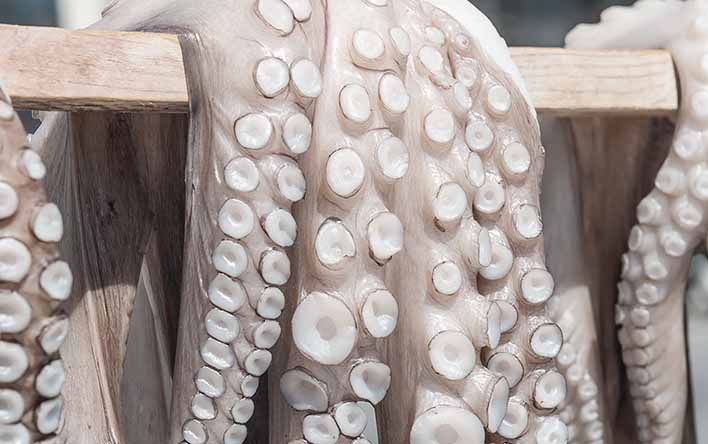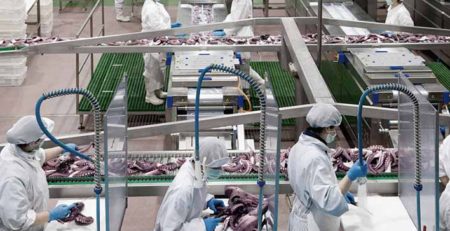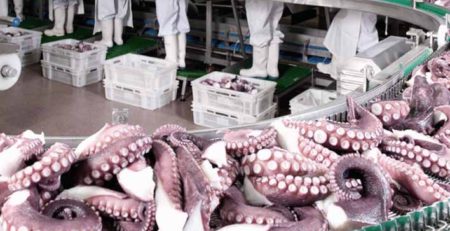Our seas are divided into 19 fishing areas, delimited by the FAO (FAO is a written abbreviation for Food and Agriculture Organisation of the United Nations) and defined by a specific numbering system. We are thus able to classify all products caught in the sea according to the fishing sector to which they belong, which greatly facilitates the development of statistics on fisheries, stock control and key decision making in the global industry of fish and seafood.
The origin of FAO areas
Just as agriculture and livestock products come from markets with well-defined borders and boundaries, the sea requires basic organisational rules that limit and regulate this immense expanse of salt water.
With this in mind, the Food and Agriculture Organisation of the United Nations (FAO) has divided the entire oceanic and maritime mass of the planet into 27 fishing areas -5 continental and 19 oceanic-assigning each one a specific numbering to make it globally unique and identifiable.
This is how the FAO’s fishing areas – commonly called FAOs – were created, the need to name each corner of our seas, control the stock of species throughout the world and develop reliable and useful statistics for the industry.
And not just for commercial purposes. Since limits have been placed on the oceans, it has been much easier to study specific species, evaluate their populations and draw valuable conclusions. In fact, FAO itself is responsible for developing its own statistical results and, based on them, propose to the Administrations of various countries how to improve the management of fishery resources.
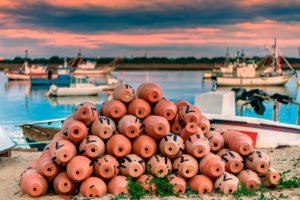
One more step to support sustainable fisheries
Subdividing the sea in tangible, concrete areas, has also contributed to the monitoring of fishing activity. Each FAO has their own operational measures, fishing gear and catch quotas, which depend on the countries of their jurisdiction. Therefore, knowing the FAO number from which a product comes, can also tell us where it has been caught, what characteristics it has and what fishing gear has been used to catch it. Since 2014, it is mandatory to include the applicable FAO number on the label of all seafood products.
The decision to put restrictions on our seas has undeniably contributed – and will continue to contribute – to sustainable fishing and respectful practices gaining ground in the industry in terms of the marine ecosystem.
In which FAO areas does Discefa operate?
The octopus of Discefa comes from 3 different parts of the world, which correspond to the FAOs 31, 34 and 87 highlighted on the following map:
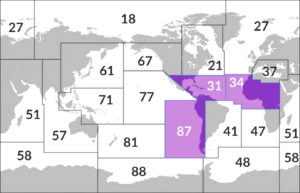
FAO 34. East Central Atlantic:
It is the area located off the west coast of Africa, which stretches from the Strait of Gibraltar to the mouth of the Zaire River. It stretches more than 14 million kilometres and it mixes temperate, tropical and equatorial waters with lagoons and mangroves. Its fauna consists of about 200 different species among which predominately feature herrings, sardines and anchovies. It is in this area that we capture the most famous Moroccan octopus, with its star subspecies of octopus from Dakhla, one of the most popular variants in the world, raw material for our frozen and pre cooked octopus products.
FAO 31. Central-Western Atlantic:
The Caribbean probably has the largest maritime wealth in the Atlantic. FAO area 31 stretches from Cape Hatteras, North Carolina, to the southern Recife Cape, Brazil. This area is one of the most complex in the world geographically, due to its numerous depressions that alternate with elevated areas, giving rise to an equally complex biodiversity. In the Central Western Atlantic area, there are more than 1100 species of invertebrates, of which almost 1,000 are fish. In FAO 31 we fish the Yucatan octopus (Mexico), the highly quality Mayan octopus, highly-prized in Mediterranean countries and North America.
FAO 87. Southwestern Pacific:
This area covers the most western region of South America. Here we fish Chilean and Peruvian octopus, intensely coloured varieties of reef, which are hugely popular for their unique and unmistakable taste of the sea.
Our raw material is captured in the best fishing grounds in the world using, as far as possible, fishing methods that respect the sea and its inhabitants. Octopus are caught in small boats by hand using selective and traditional techniques such as pots, traps or fishhooks to ensure the survival of specimens that are of reproductive age and those that do not meet the minimum size.

